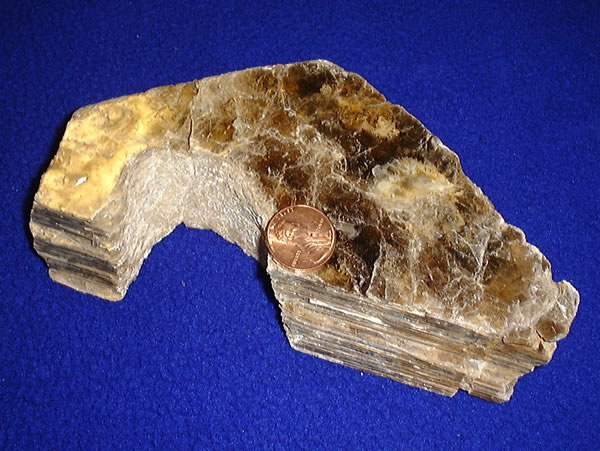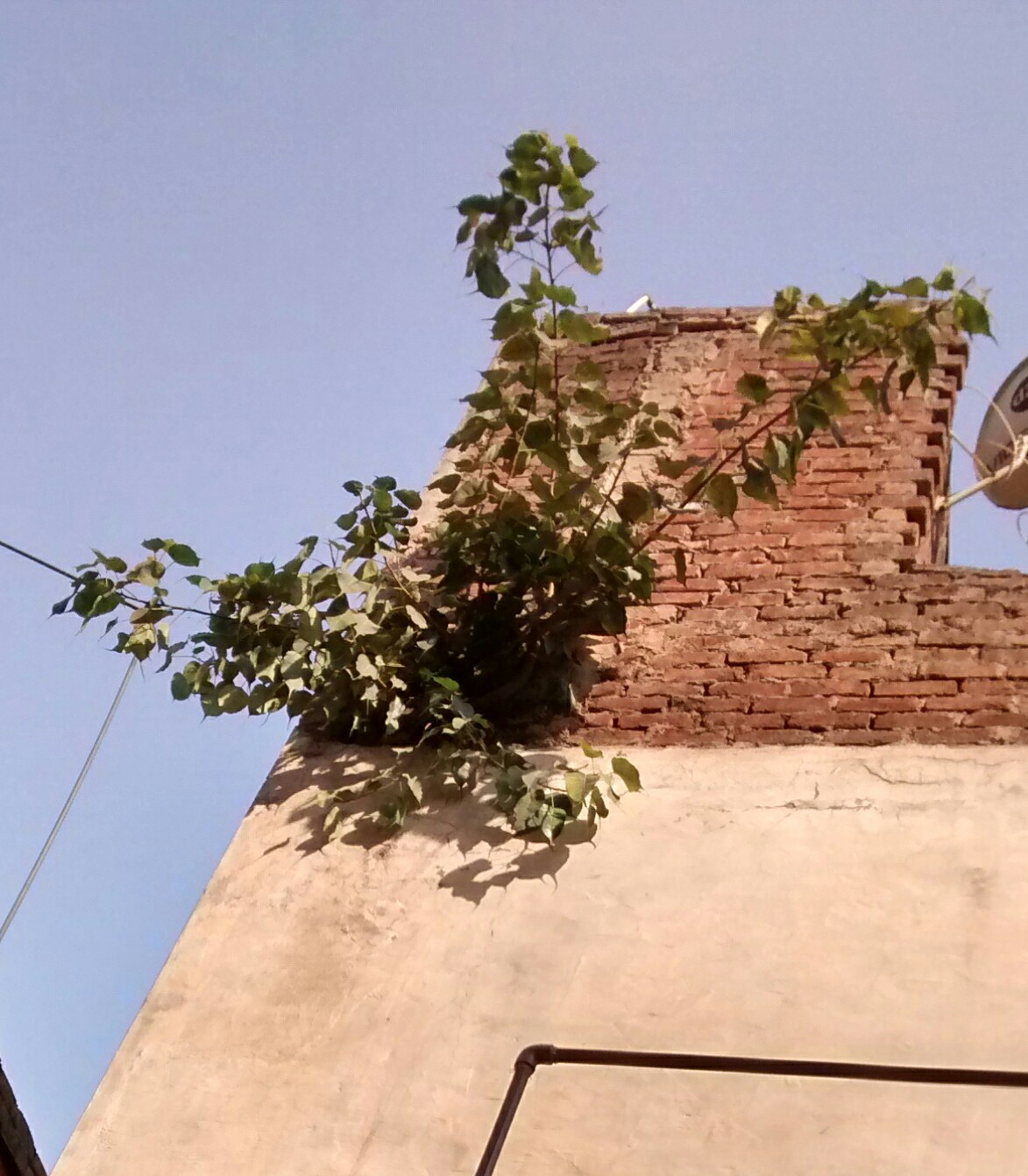|
Saung Gauk
The ''saung'' ( Burmese: စောင်း, MLCTS caung; also known as the ''saung-gauk'' ( စောင်းကောက်): , Burmese harp, Burma harp, or Myanmar harp), is an arched harp used in traditional Burmese music. The ''saung'' is regarded as a national musical instrument of Burma. The ''saung'' is unique in that it is a very ancient harp tradition and is said to be the only surviving harp in Asia. Etymology and terminology ''Saung'' ( စောင်း) is the Burmese word for "harp," and is etymologically derived from the Persian word chang, which is the Persian arched harp. The Burmese arched harp is more precisely called ''saung gauk'' (, ; ), while another indigenous lyre is called '' byat saung'' () or ''saungbya'' (; ). The Burmese word ''saung'' has been borrowed into several regional languages, including (), and Chinese (), likely from Burmese ''saunggaukgyi'' (). Description The Burmese harp is classified as an arched horizontal harp since t ... [...More Info...] [...Related Items...] OR: [Wikipedia] [Google] [Baidu] |
String Instrument
In musical instrument classification, string instruments, or chordophones, are musical instruments that produce sound from vibrating strings when a performer strums, plucks, strikes or sounds the strings in varying manners. Musicians play some string instruments, like Guitar, guitars, by plucking the String (music), strings with their fingers or a plectrum, plectrum (pick), and others by hitting the strings with a light wooden hammer or by rubbing the strings with a bow (music), bow, like Violin, violins. In some keyboard (music), keyboard instruments, such as the harpsichord, the musician presses a key that plucks the string. Other musical instruments generate sound by striking the string. With bowed instruments, the player pulls a rosined horsehair bow across the strings, causing them to vibrate. With a hurdy-gurdy, the musician cranks a wheel whose rosined edge touches the strings. Bowed instruments include the string section instruments of the orchestra in Western classic ... [...More Info...] [...Related Items...] OR: [Wikipedia] [Google] [Baidu] |
Lyre
The lyre () (from Greek λύρα and Latin ''lyra)'' is a string instrument, stringed musical instrument that is classified by Hornbostel–Sachs as a member of the History of lute-family instruments, lute family of instruments. In organology, a lyre is considered a yoke lute, since it is a lute in which the strings are attached to a yoke that lies in the same plane as the sound table, and consists of two arms and a crossbar. The lyre has its origins in ancient history. Lyres were used in several ancient cultures surrounding the Mediterranean Sea. The earliest known examples of the lyre have been recovered at archeological sites that date to c. 2700 BCE in Mesopotamia. The oldest lyres from the Fertile Crescent are known as the eastern lyres and are distinguished from other ancient lyres by their flat base. They have been found at archaeological sites in Egypt, Syria, Anatolia, and the Levant. In a discussion of the Nubian lyre, Carl Engel notes that modern Egyptians call it ... [...More Info...] [...Related Items...] OR: [Wikipedia] [Google] [Baidu] |
Bagan
Bagan ( ; ; formerly Pagan) is an ancient city and a UNESCO World Heritage Site in the Mandalay Region of Myanmar. From the 9th to 13th centuries, the city was the capital of the Pagan Kingdom, the first kingdom that unified the regions that would later constitute Myanmar. During the kingdom's height between the 11th and 13th centuries, more than 10,000 Buddhist temples, Burmese pagoda, pagodas and Kyaung, monasteries were constructed in the Bagan plains alone, of which the remains of over 2200 temples and pagodas survive. The Bagan Archaeological Zone is a main attraction for Tourism in Myanmar, the country's nascent tourism industry. Etymology Bagan is the present-day Burmese dialects#Dialects, standard Burmese pronunciation of the Burmese word ''Pugan'' ( my-Mymr, ပုဂံ), derived from Old Burmese ''Pukam'' ( my-Mymr, ပုကမ်). Its classical Pali name is ''Arimaddanapura'' ( my-Mymr, အရိမဒ္ဒနာပူရ, lit. "the City that Tramples on Enemies ... [...More Info...] [...Related Items...] OR: [Wikipedia] [Google] [Baidu] |
Prome
Pyay, and formerly anglicised as Prome, is the principal town of Pyay Township in the Bago Region in Myanmar. Pyay is located on the bank of the Irrawaddy River, north-west of Yangon. It is an important trade center for the Ayeyarwady Delta, Central and Upper Myanmar and the Rakhine (Arakan) State. The British Irrawaddy Flotilla Company established the current town in the late 19th century on the Irrawaddy as a transshipment point for cargo between Upper and Lower Burma. Pyay is also the terminus of Yangon-Pyay Railway which is the first railway line in Burma (Myanmar) opened on 1 May 1877. The English novelist Jane Austen's brother Rear Admiral Charles Austen died here in 1852. Shin Raṭṭhasāra, a Buddhist monk and prominent classical poet during the Kingdom of Ava also died here in 1529 and a mausoleum was constructed to honor him. The district of Pyay encompasses the valley of the Irrawaddy, located between Thayet, Hinthada and Tharrawaddy districts. Along the western ... [...More Info...] [...Related Items...] OR: [Wikipedia] [Google] [Baidu] |
Pyu People
, conventional_long_name = Pyu city-states , common_name = , era = Classical antiquity , status = City , event_start = Earliest Pyu presence in Upper Myanmar (Burma) , year_start = , date_start = , event_end = Rise of the Pagan Kingdom , year_end = , date_end = , event1 = Beikthano founded , date_event1 = , event2 = Pyu converted to Buddhism , date_event2 = 4th century , event3 = Burmese calendar begins , date_event3 = 22 March 638Aung-Thwin (2005), p. 24 , event4 = 2nd Sri Ksetra Dynasty founded , date_event4 = 25 March 739 , p1 = Prehistory of Burma , flag_p1 = , s1 = Pagan Dynasty , flag_s1 = , image_flag = , flag = , flag_type = , image_coat = , image_map = Pyu city-states physical map.svg , symbol = , symbol_type = , image_map_caption = Sites of Pyu city-states in the Irrawaddy valley (modern Myanmar) , capital = Sri Ksetra, Halin, Beikthano, Pinle, Binnaka , common_langu ... [...More Info...] [...Related Items...] OR: [Wikipedia] [Google] [Baidu] |
Sri Ksetra
Sri Ksetra (, , ; Sanskrit: श्री क्षेत्र, Htin Aung, Maung (1970). ''Burmese History before 1287: A Defence of the Chronicles.'' Oxford: The Asoka Society, 8 - 10. or 'Field of Glory'), located along the Irrawaddy River at present-day Hmawza, Myanmar, was once a prominent Pyu city-states, Pyu settlement. The Pyu occupied several sites across Upper Myanmar, with Sri Ksetra recorded as the largest, the city wall enclosing an area of 1,477 hectares, although a recent survey found it enclosed 1,857 hectares within its monumental brick walls, with an extramural area of a similar size, being the largest Southeast Asian city before Angkor times. Issues surrounding the dating of this site has meant the majority of material is dated between the seventh and ninth centuries AD, however recent scholarship suggests Pyu culture at Sri Ksetra was active centuries before this. Sri Ksetra is the site for much of the Pyu artistic legacy. The arrival of Buddhism into the Pyu ci ... [...More Info...] [...Related Items...] OR: [Wikipedia] [Google] [Baidu] |
Bawbawgyi Pagoda
Bawbawgyi Pagoda () is a Buddhist stupa and one of the oldest Buddhist structures in the history of ancient edifices in Myanmar, located in the Sri Ksetra Archaeological Zone north of the city of Pyay. The stupa was constructed during the Pyu period in the 5th century and is in excellent structural condition, having miraculously survived a number of major earthquakes over the preceding centuries. The history of this stupa is unknown since there were no stone inscription was found. History Of uncertain age, the stupa was likely built between the 5th and the 6th centuries when the Pyu people commanded the circular city immediately to the north. Despite its antiquity, the pagoda is in excellent structural condition, having miraculously survived a number of major earthquakes over the preceding centuries. Architecture The Bawbawgyi Pagoda has a largely cylindrical body, topped by a conical drum, crowned by a ''hti'' ("umbrella").Marshall, Taw 1908: 1117 The overall structure is tal ... [...More Info...] [...Related Items...] OR: [Wikipedia] [Google] [Baidu] |
Ancient Veena
The ancient veena is an early Indian arched harp, not to be confused with the modern Indian veena which is a type of lute or stick zither. Names of specific forms of the arched harp include the ''chitra vīṇā'' with seven strings, the ''vipanchi vīṇā'' with nine strings and the ''mattakokila vīṇā'' a harp or possibly board zither with 21 strings. The instrument is attested on a gold coin of the Gupta Empire from the mid-300s CE. The instrument was also illustrated in the oldest known Saraswati-like relief carvings, from Buddhist archaeological sites dated to 200 BCE, where she holds a harp-style veena. Generic meaning of veena The Sanskrit word ''veena'' (वीणा ''vīṇā'') which is attested already in the Rigveda has designated in the course of Indian history a variety of instruments of various types, as it is a generic term for all kinds of string instruments, just as the Tamil language, Tamil word ''yazh'' (யாழ் ''yaaḻ''). In the last centuries a ... [...More Info...] [...Related Items...] OR: [Wikipedia] [Google] [Baidu] |
Tuning Peg
A variety of methods are used to tune different stringed instruments. Most change the pitch produced when the string is played by adjusting the tension of the strings. A tuning peg in a pegbox is perhaps the most common system. A peg has a grip or knob on it to allow it to be turned. A tuning pin is a tuning peg with a detachable grip, called a tuning lever. The socket on the tuning lever fits over the pin and allows it to be turned. Tuning pins are used on instruments where there is no space for a knob on each string, such as pianos and harps. Turning the peg or pin tightens or loosens the string. Some tuning pegs and pins are tapered, some threaded. Some tuning pegs are ornamented with shell, metal, or plastic inlays, beads (pips) or rings. Other tuning systems include screw-and-lever tuners, geared tuners, and the konso friction tuning system (using braided leather rings). Pegbox or headstock A pegbox is the part of certain stringed musical instruments (the violin ... [...More Info...] [...Related Items...] OR: [Wikipedia] [Google] [Baidu] |
Lacquer
Lacquer is a type of hard and usually shiny coating or finish applied to materials such as wood or metal. It is most often made from resin extracted from trees and waxes and has been in use since antiquity. Asian lacquerware, which may be called "true lacquer", are objects coated with the treated, dyed and dried sap of ''Toxicodendron vernicifluum'' or related trees, applied in several coats to a base that is usually wood. This dries to a very hard and smooth surface layer which is durable, waterproof, and attractive in feel and look. Asian lacquer is sometimes painted with pictures, inlaid with shell and other materials, or carved lacquer, carved, as well as maki-e, dusted with gold and given other further decorative treatments. In modern techniques, lacquer means a range of clear or pigmented coatings that dry by solvent evaporation to produce a hard, durable finish. The finish can be of any sheen level from ultra wikt:matte, matte to high Gloss (material appearance), glos ... [...More Info...] [...Related Items...] OR: [Wikipedia] [Google] [Baidu] |
Mica
Micas ( ) are a group of silicate minerals whose outstanding physical characteristic is that individual mica crystals can easily be split into fragile elastic plates. This characteristic is described as ''perfect basal cleavage''. Mica is common in igneous and metamorphic rock and is occasionally found as small flakes in sedimentary rock. It is particularly prominent in many granites, pegmatites, and schists, and "books" (large individual crystals) of mica several feet across have been found in some pegmatites. Micas are used in products such as drywalls, paints, and fillers, especially in parts for automobiles, roofing, and in electronics. The mineral is used in cosmetics and food to add "shimmer" or "frost". Properties and structure The mica group comprises 37 phyllosilicate minerals. All crystallize in the monoclinic system, with a tendency towards pseudohexagonal crystals, and are similar in structure but vary in chemical composition. Micas are translucent to opa ... [...More Info...] [...Related Items...] OR: [Wikipedia] [Google] [Baidu] |
Sacred Fig
''Ficus religiosa'' or sacred fig is a species of fig native to the Indian subcontinent and Indochina that belongs to Moraceae, the fig or mulberry family. It is also known as the bodhi tree, bo tree, peepul tree, peepal tree, pipala tree or ashvattha tree (in India and Nepal). The sacred fig is considered to have a religious significance in four major religions that originated on the Indian subcontinent: Hinduism, Buddhism, Sikhism and Jainism. Hindu and Jain ascetics consider the species to be sacred and often meditate under it. Gautama Buddha is believed to have attained enlightenment under a tree of this species. The sacred fig is the state tree of the Indian states of Odisha, Bihar and Haryana. Description ''Ficus religiosa'' is a large dry season-deciduous or semi-evergreen tree up to tall and with a trunk diameter of up to . The leaves are cordate in shape with a distinctive extended drip tip; they are long and broad, with a petiole. The fruits are small ... [...More Info...] [...Related Items...] OR: [Wikipedia] [Google] [Baidu] |









